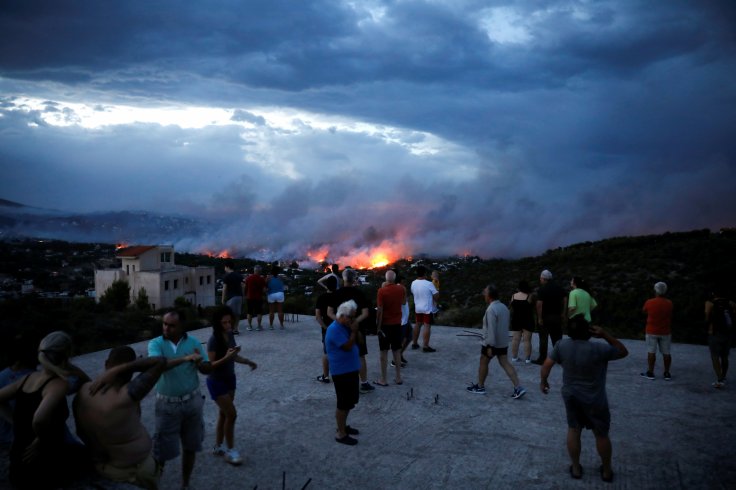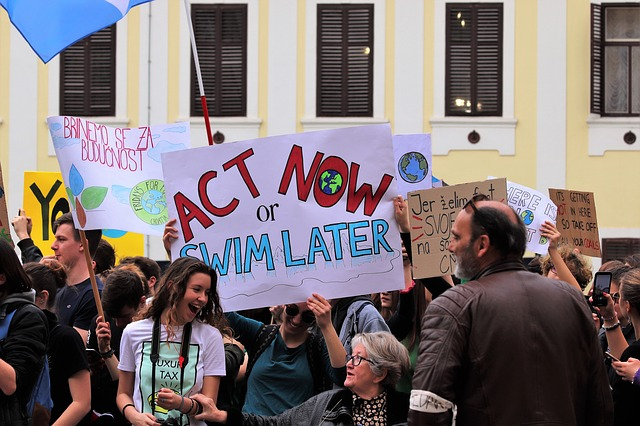At least three people were dead and many more were missing after an unprecedented wave of wildfires swept parts of Australia's southeastern coast. The authorities said the death toll was likely to rise. As many as 74 bush fires are burning across New South Wales, the NSW Rural Fire Service said. More than 40 of them are out of control.
Prime Minister Scott Morrison said the military would be deployed to beef up firefighters' efforts to quell the blaze. Currently as many as 1,300 firefighters are on the scene. "My only thoughts today are with those who have lost their lives and their families," Morrison said. Conditions helping the fires would worsen next week, the local authorities warned.

The body of one of the victims was found in a burnt-out car in Glen Innes. Another woman from the same region was found with severe burns and died in hospital. Another person was found dead in a burnt-out home near Taree, the NSW police said. At least 150 homes have also been gutted in the fires.
Will the conditions get worse?
The conditions that abetted the raging fires would continue to remain the same for the next several weeks, NSW Rural Fire Service Commissioner Shane Fitzsimmons said, according to Reuters. "The forecast for the balance of the season continues to be driven by above-normal temperatures (and) below-average rainfall to dominate over the coming months," he said.
The massive fire are spread out on an area covering about 1,000 km of Australia's coast. In a deadly fire last week, some 2,000 hectares of a koala sanctuary was burnt down, killing hundreds of the animals. Two people had died in NSW last month while they were trying to shield their homes from the fires.
A Climate Change fallout?
Australia has been fighting inordinately high summer temperatures of late. The years 2018 and 2017 were Australia's third and fourth-hottest years. Australia's climate has warmed just over 1 °C since 1910 leading to an increase in the frequency of extreme heat events, the Bureau of Meteorology said last year in a report.
The following are other key findings in the report:
Oceans around Australia have warmed by around 1 °C since 1910, contributing to longer and more frequent marine heatwaves.
Sea levels are rising around Australia, increasing the risk of inundation.
The oceans around Australia are acidifying (the pH is decreasing).
April to October rainfall has decreased in the southwest of Australia. Across the same region May–July rainfall has seen the largest decrease, by around 20 per cent since 1970.
There has been a decline of around 11 per cent in April–October rainfall in the southeast of Australia since the late 1990s.

Rainfall has increased across parts of northern Australia since the 1970s.
Streamflow has decreased across southern Australia. Streamflow has increased in northern Australia where rainfall has increased.
There has been a long-term increase in extreme fire weather, and in the length of the fire season, across large parts of Australia.








